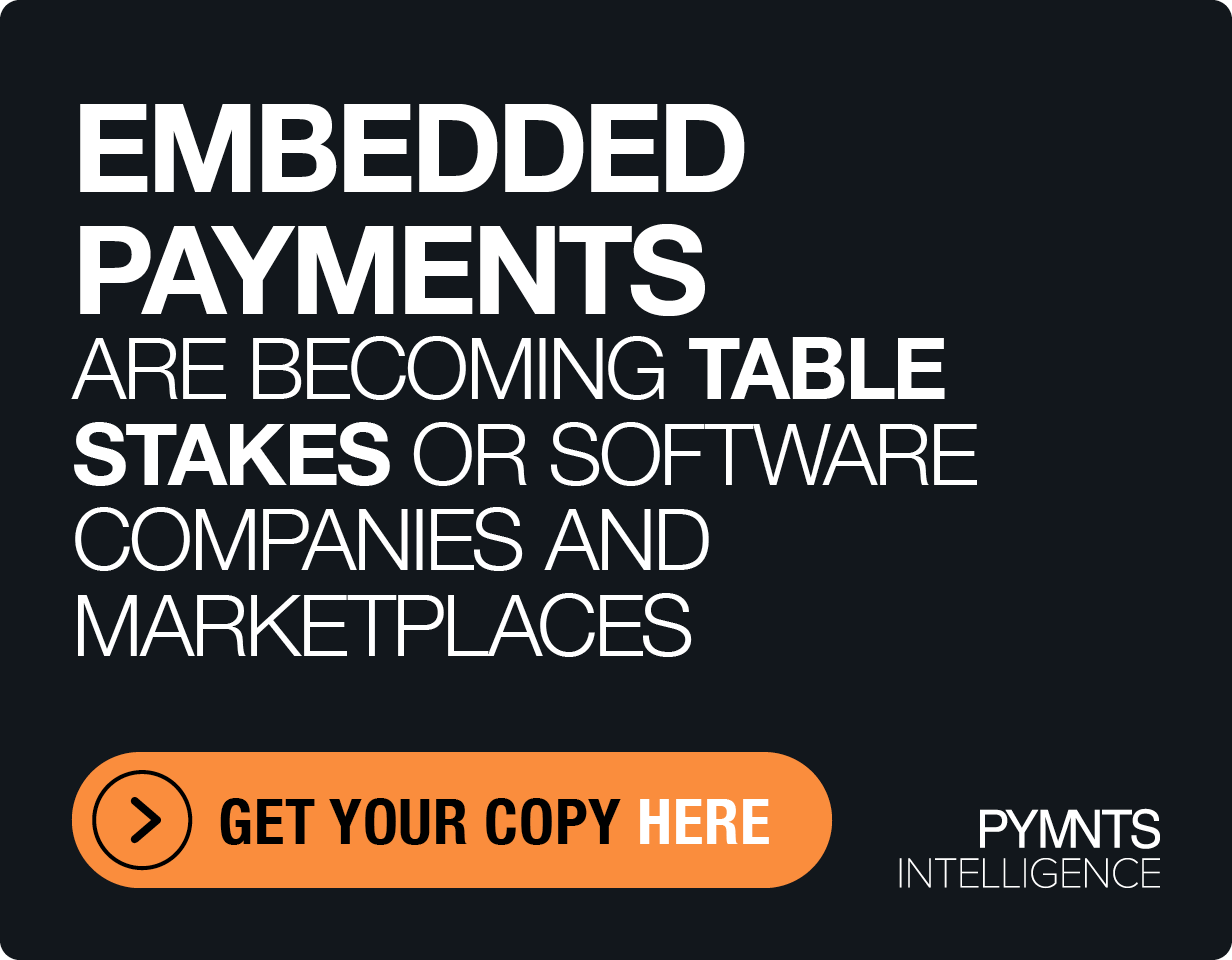Why Tech Procurement Takes A Selective Approach To B2B eCommerce

The talk of the B2B town these days often lands on the rise of the eCommerce model as more organizations are eager to source, purchase and pay for goods and services in digital environments.
The eCommerce model is a natural fit for a nearly endless list of B2B buying and selling scenarios, with verticals ranging from agriculture to medical equipment jumping on the bandwagon. The flexibility of online marketplaces, with their ability to integrate a variety of features and value-added services that fit businesses’ needs, has only reinforced the accelerating adoption of B2B eCommerce.
But the digital model may not be suited for all buyers and sellers. Even within a single industry, there are certain workflows that may translate well to an eCommerce platform. Others, on the other hand, not so much.
Speaking with PYMNTS, Keysight Technologies Senior Director of Global Partners and eCommerce Kari Fauber explored why the enterprise technology arena is taking a more selective approach to its B2B eCommerce migration in order to provide both B2B buyers and sellers with the most beneficial experiences.
What Fits And What Doesn’t
Organizations’ need to operate and make purchases online drove Keysight to develop its own B2B eCommerce site. According to Fauber, industry research, as well as anecdotal evidence from the firm’s own customers, made it clear that a digital commerce strategy is now a necessity for the enterprise technology industry.
“Closing the deal online became critical, and not only driven by general research in the market, but also by what our customers were telling us in how their purchasing has changed,” she said, adding that the pandemic has accelerated this demand for eCommerce capabilities. “More people did not have the ability to do face-to-face demos, or interact with a salesperson face-to-face. They became much more dependent upon online information.”
When it comes to B2B purchasing of technology, the potential variations on the kinds of tools and services that businesses need are limitless. Customization of technology is common, but out-of-the-box software tools and prefabricated machines are frequent as well.
As a result, it was imperative to identify which scenarios would be best suited for an online platform, and which, perhaps, were best left to more traditional workflows.
For example, said Fauber, the processes that allow an organization to design, test and ultimately procure a customized piece of machinery are not easily translated online.
“There is a portion of the business that will never be a digital transaction,” she said. “Where it’s a highly consultative sale of expensive equipment, a very customized approach, that is not a good target for eCommerce.”
What are fitting targets, however, are transactional services like Keysight’s hardware and software support offerings, software renewals, and lower-cost products, which are also sold via the company’s distribution network.
Considering B2B Payment Flows
Just as the process of sourcing and purchasing technology items and services online must take a targeted approach to B2B eCommerce, Fauber also acknowledged the importance of understanding which B2B payments workflows should and should not make the digital leap, too.
She noted that Keysight embraced integration with dozens of systems to facilitate transactions on its platform, with support for varying workflows. The platform can automate credit card verification when a buyer makes a payment online, for instance. Transactions that require a purchase order (PO), and therefore payment terms and perhaps an element of trade credit, are less suitable to be completed in the eCommerce environment, although those transactions are automatically integrated into Keysight’s enterprise resource planning (ERP) to kick off the process of fulfillment and shipping.
In general, transactions under $10,000 are completed via credit card. Those with a PO attached to an order involve pricing negotiations and terms, and therefore they are flowed down to a customer service representative to verify orders and move the B2B payments process along their perspective accounts payable (AP) and accounts receivable (AR) routes.
Evolving For The Future
Today, it’s clear that when it comes to technology procurement, not even transactions can easily embrace the B2B eCommerce model — nor, perhaps, should it. But the ecosystem is evolving, and Fauber said that repeat customers are beginning to demonstrate their willingness to complete more complex transactions on the digital platform.
Moving forward, it will be imperative to continue embracing a targeted approach to digitizing purchasing and payment for this vertical. As Keysight expands into new geographic markets, for instance, the company will be identifying the payment methods that are required based on that particular buyer base.
There are also opportunities to bring other workflows to the eCommerce arena, including cross- and up-sell scenarios, as well as digital catalogs, to expand B2B eCommerce deeper into the procure-to-pay workflow of customers. Value-added opportunities are present, too, said Fauber, pointing to tools like the ability to integrate compensation capabilities for field workers, or automated alerts to trigger stock replenishment orders.
With B2B eCommerce quickly evolving, industries like enterprise technology will find value in exploring those opportunities and embracing a bit of experimentation to discover the best path forward.
“The opportunity for eCommerce in the B2B space for our customers is quite significant,” said Fauber. “We have a funnel in a roadmap that supports that expansion across multiple years, and then we learn as we go.”
